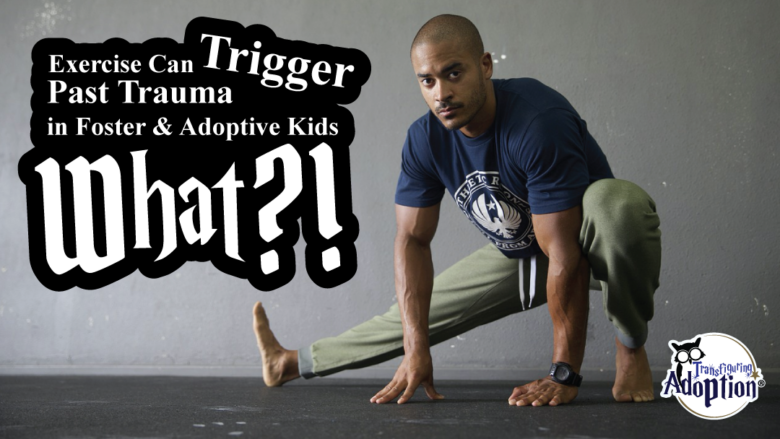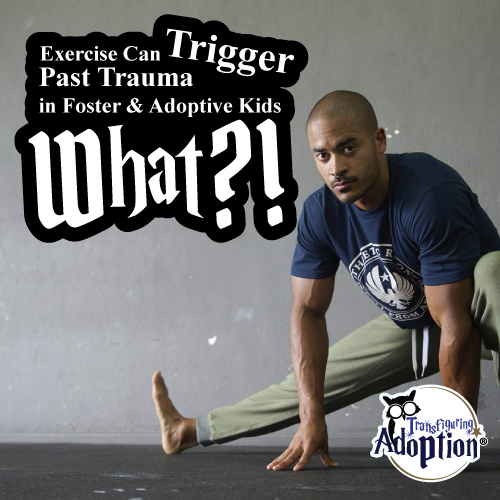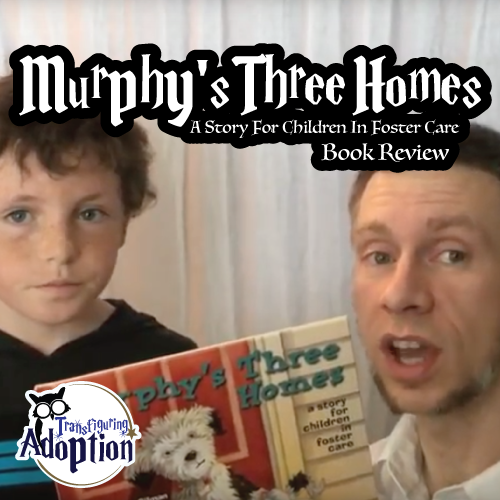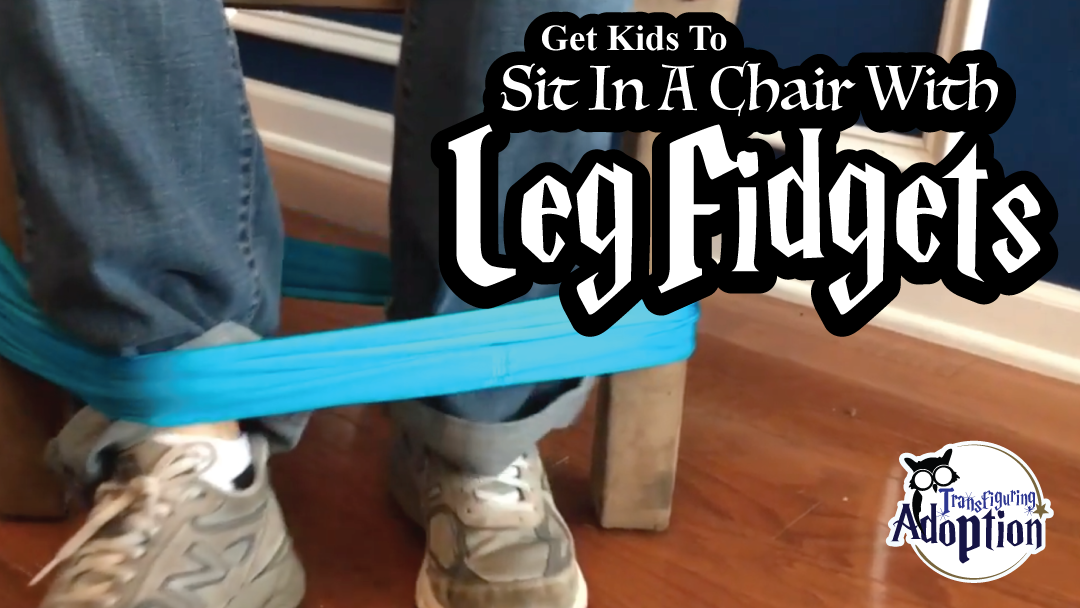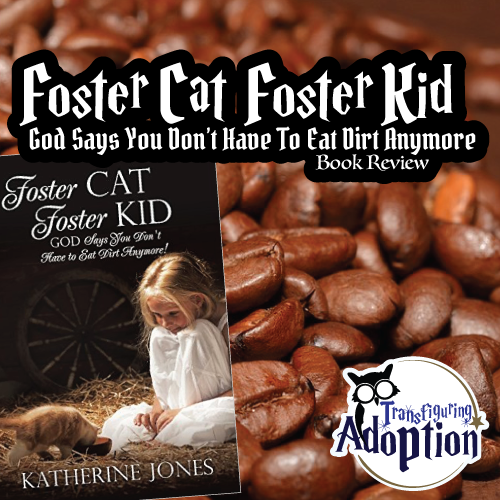Parents of traumatized children often find themselves in the role of detective, investigating the why’s of a sudden outburst of negative behavior. What led their child to be functioning well one moment and descending into a meltdown the next? Foster and adoptive parents were usually not present during the times their children experienced trauma, so they are unsure what smells, sights, colors, objects, feelings, thoughts, etc. might lead a child’s mind or body to be triggered, leading to negative behavior.
Then there are times when we recognize a pattern and know in our gut that there must be an explanation but aren’t quite sure what it is. We’ve noticed with kids who have lived in our home, one child especially, that exercise seemed to trigger major outbursts. One time a youth started having a massive meltdown and began screaming in the cardio gym at a busy fitness center. Another time a youth began screaming as if being attacked by us on a trail. While reviewing the book Parenting Traumatized Children with Developmental Differences, I read the following:
However, aversion to exercise can also be related to a past trauma. A traumatized child can come to associate benign sensations such as their rapidly beating heart with past trauma (it reminds them how their heart beat rapidly during a past frightening abuse). They avoid exercise because they want to avoid feeling as though they are re-living a past trauma.
And there we had an a-ha moment! Or, rather, a moment of validation as a parent/sleuth. There was validity to our hypothesis that exercise had been triggering children in our home!
So what do we do with this information?
The thing about trauma triggers is that they often (especially when it comes to children and early childhood trauma) do not involve conscious memory or thought about the cause, nor is the behavioral response voluntary, chosen, or thought out. Children often have no idea why they are behaving the way they are. Their body is remembering a neurological response to a trauma (that they themselves may not even remember) and is responding to protect them. Their stress hormones are telling their brain they are going to die if they don’t escape the current situation through a fright, flight, or freeze response.
What can we do?
How do we then help a child who is unconsciously responding to a perceived threat which they do not even realize their body is perceiving as a threat?
Of course this is not a huge concern if a child is healthy and fit. However, we have had incidences of youth who were battling major health diagnoses who had been told by doctors it was necessary to lose a lot of weight.
- Exercise Separately
One source of frustration in our household would stem from the fact that we were trying to exercise at the same time as our children. Thus, when our children couldn’t emotionally cope with the stress/anxiety, MY self-care time had to come to a halt. This led to my husband and I being in less than optimal mindsets to help our children cope with their emotions and fears.
A good example of a work around for this situation would be when my husband might go to the gym to workout on his own and then later in the day he will coach the children on a walk, light run, or even do some light exercises in the pool. - Lower Your Expectations
If exercise is causing your child’s body to “relive” past trauma feelings, it could be a struggle for them to give 110%. Before starting your time together it is important for us, the caregivers, to make sure that we don’t have expectations that are TOO high and which will cause us to become frustrated if the goals are not met.
Depending on the child and their reaction to exercise, I have had to mentally lower my expectations from, “Let’s run a half mile on the treadmill,” to simply, “Let’s get on the treadmill (at any speed) for ten minutes.” - Slowly Increase Difficulty
Slowly increasing activity levels in ways that do not drastically and quickly increase heart rate can be helpful.
If I’m walking with a child, I might see if we can walk a smidge faster for thirty seconds and then return back to a slower pace. - Help Them Understand Their Bodies
Getting to a point in which a child or youth can exercise without negative responses starts with helping them understand what is happening in their body and then coaching them through. This CANNOT be explained and taught when a child is experiencing a trauma response. When a stress response is triggered, the area of the brain responsible for thinking is physically turned off and unaccessible to the child. They cannot learn or think! They must be taught about their body’s response to perceived threats when they are calm. Two great books to use for helping children understand trauma and their brains are:
[Help! My Feelings Are Too Big!]
[Little Meerkat’s Big Panic] - Reassurance Of Safety
Then, before and during exercise, you can coach them that they are safe. Help them remember that their brain is responding to a perceived threat that is not real. They may need to be trained on coping skills. This takes time and repetition. It may be necessary to engage the help of a professional.
As with any trauma behaviors, this is not something that you and your child are going to overcome overnight. It will take a lot of trial and error. It might take some thinking outside of the box. It could quite possibly require the help of a professional and it definitely will require that you have a support system made of people that understand trauma to encourage you through the difficult times. However, as you and your children continue to progress and address issues, you will be pleasantly surprised in a decade at the growth that occurs.
